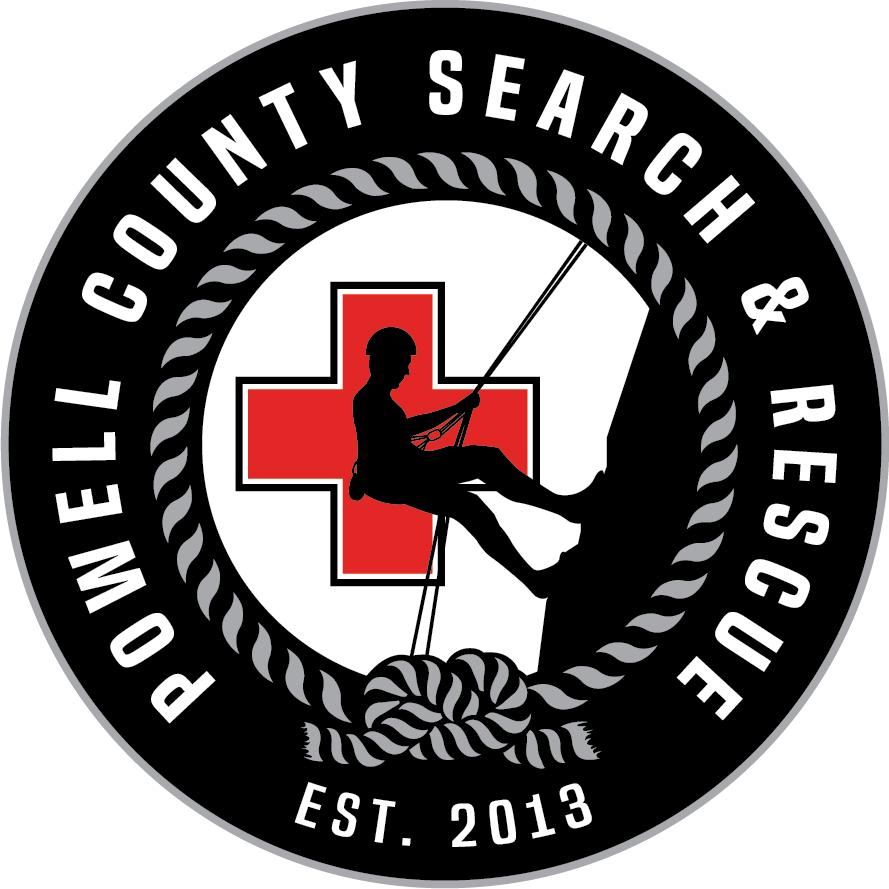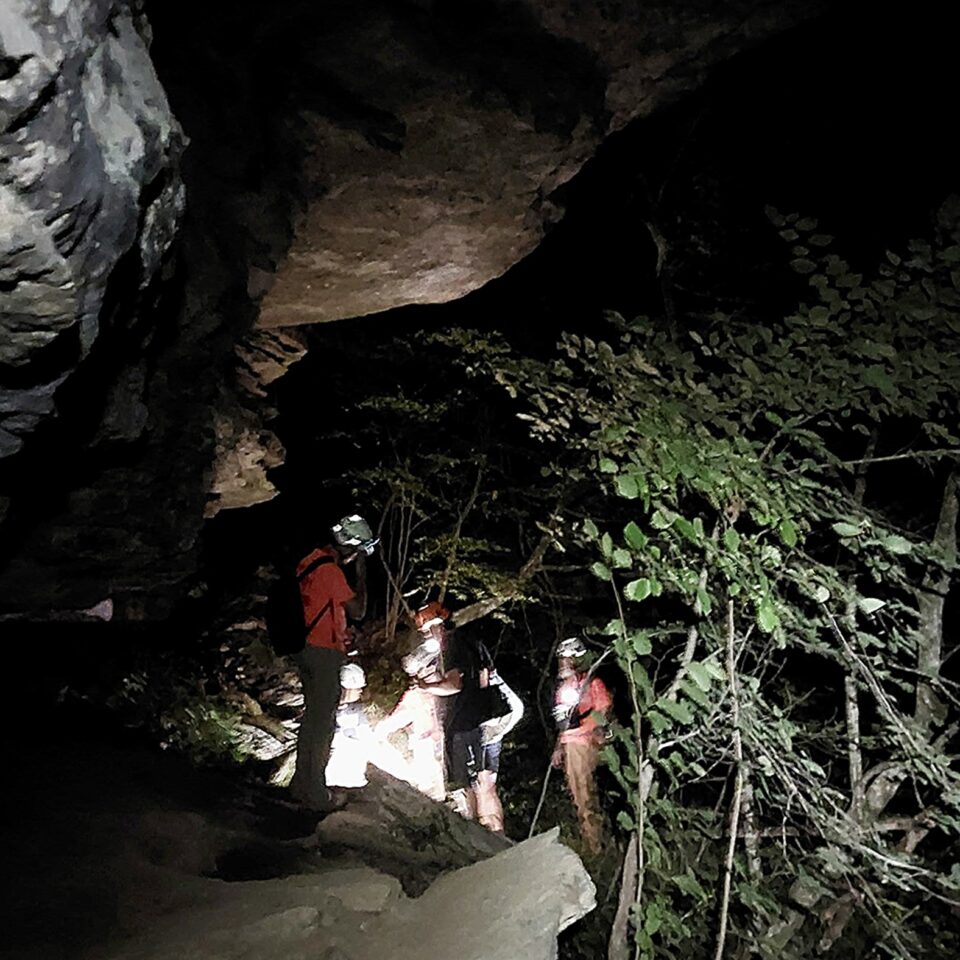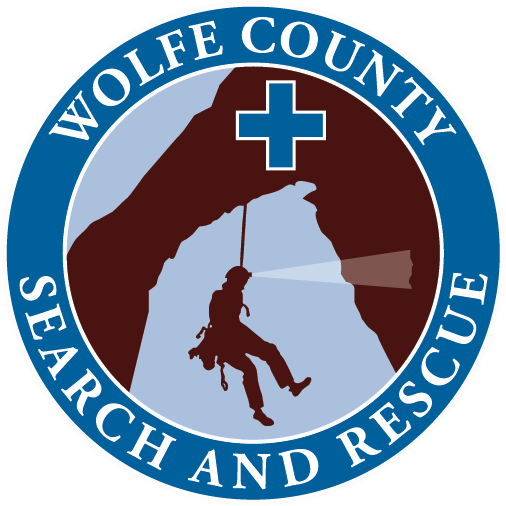
With several serious hiking safety incidents occurring nationally and in Kentucky’s Red River Gorge recently, two prominent search and rescue teams operating in the Gorge are encouraging visitors this fall to know where they are going, use navigation tools, and to bring essentials to enjoy nature while enjoying the outdoors.
Two hikers fell to their deaths in separate events in late August, including a 73-year-old woman who fell from Highline Trail in Montana’s Glacier National Park. A few days later, a 24-year-old man fell from the top of Whittleton Arch in the Red River Gorge. Powell County Search & Rescue (PCSAR) transported the young man out and he was airlifted to a hospital, but he died later because of injuries from the fall.
“The recent rescue at Whittleton Arch has been a tragic reminder to all of us that accidents can happen to anyone, at any time. It is critical to take every precaution available and avoid unnecessary risk,” said Kristin Gousse, public information officer (PIO) of PCSART.
During the busy Labor Day weekend, PCSART rescued someone who fell 15 feet at the base of Gray’s Arch and the team led the rescue of a man who dislocated a knee on Rush Ridge Trail.
This summer, WCSART rescued a man who was hiking by himself when he fell from a cliff on Tarr Ridge Road, along with hikers lost on the Sheltowee Trace, a woman who fell at Creation Falls and a family that got disoriented at night on the Douglas Trail.
“During September National Preparedness Month, we want to stress, along with our friends from Powell County, just how important it is to take a few important steps to keep your friends and family safe when you hike, especially in the Red River Gorge,” said John R. May, chief of WCSART.
Based on the cases of recent edge slips, dehydration issues and hikers getting lost, here are five key steps to stay safe in the Gorge this fall:
- Stay on marked trails and away from cliff edges: Many incidents occur when people venture off-trail or get too close to cliff edges, especially atop arches or at overlooks. Stay 10 feet from edges.
- Know where you are going: Bring a map, compass or use apps such as Gaia or CalTopo.
- Text a friend or family member where you are hiking and when you come out. This helps ensure that authorities get alerted if you get hurt or in trouble.
- Bring essentials. Pack water, a first-aid kit, flashlights, matches, food, an emergency blanket and extra clothing. That is safety insurance if you get lost.
- Charge your phone fully, enable location services and carry backup power: Cell service is spotty in the Gorge, but a charged device with location sharing enabled is crucial to be rescued.
Both teams stressed the importance of hiking within your capabilities, and being willing to turn around and be safe rather than taking unnecessary risks.
The key message during National Preparedness Month 2025, as promoted by the Federal Emergency Management Agency (FEMA), is “Preparedness Starts at Home.” This theme emphasizes that individual and household readiness is the foundation for community resilience.
“We know in Kentucky the two key natural disasters that citizens need to be ready for are tornadoes and floods,” said Jeremy Urekew, Chief of PCSART.
Chief May of WCSART agreed and said that is why it is important to create a family emergency plan at home, assemble an emergency kit with essential supplies and be aware of local weather by using a weather radio or by signing up for weather alerts.
“By being ready at home, individuals can reduce stress, save resources, and better protect themselves and their loved ones from disasters,” said Jeremy Urekew, Chief of PCSART.
For information go to https://wcsart.com, or contact:

Kristin Gousee, PCSART public information officer, kngousse@gmail.com
(352) 346-2248

Kevin Osbourn, WCSART public information officer, PIO@wcsart.com
(859) 771-3100

